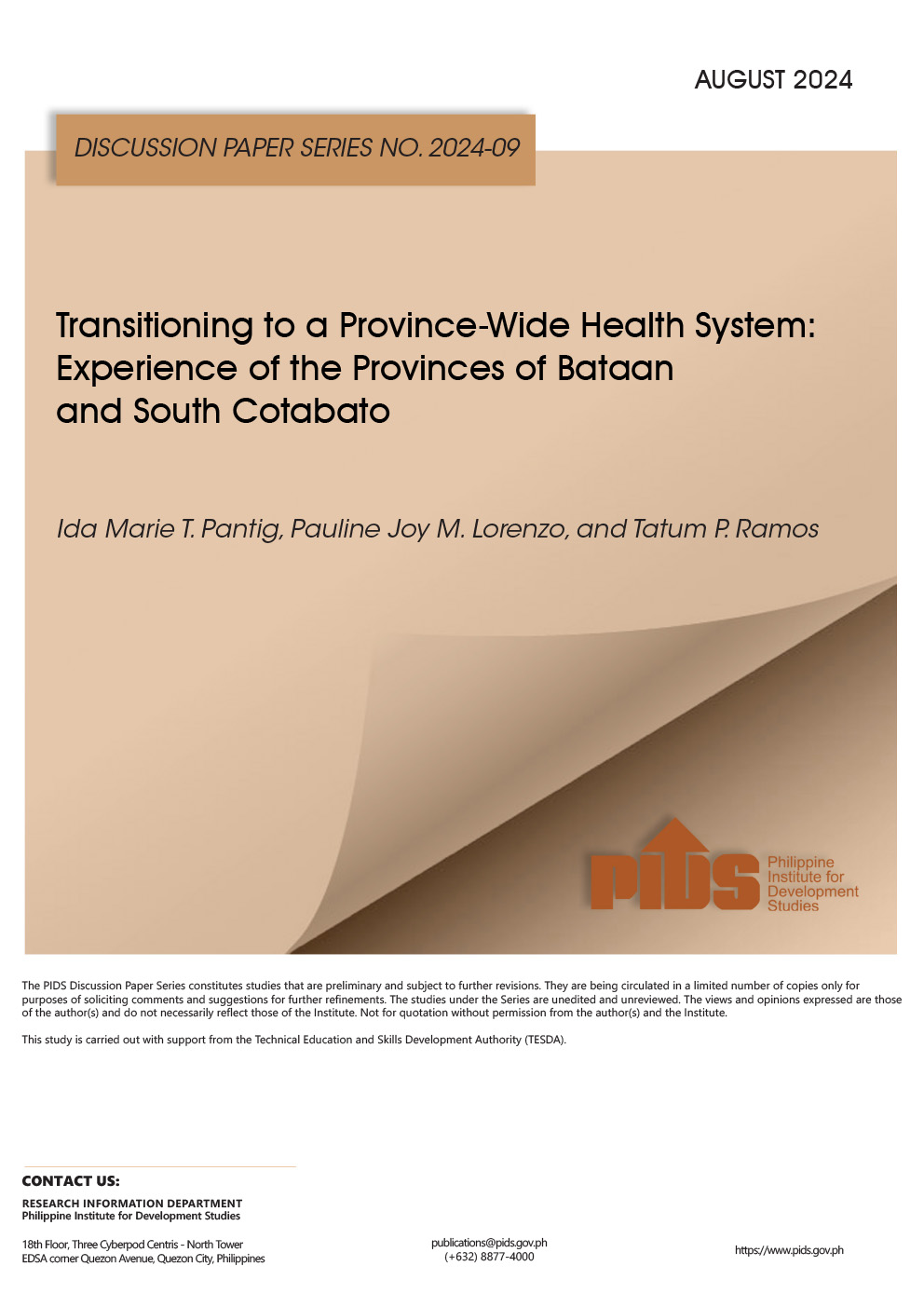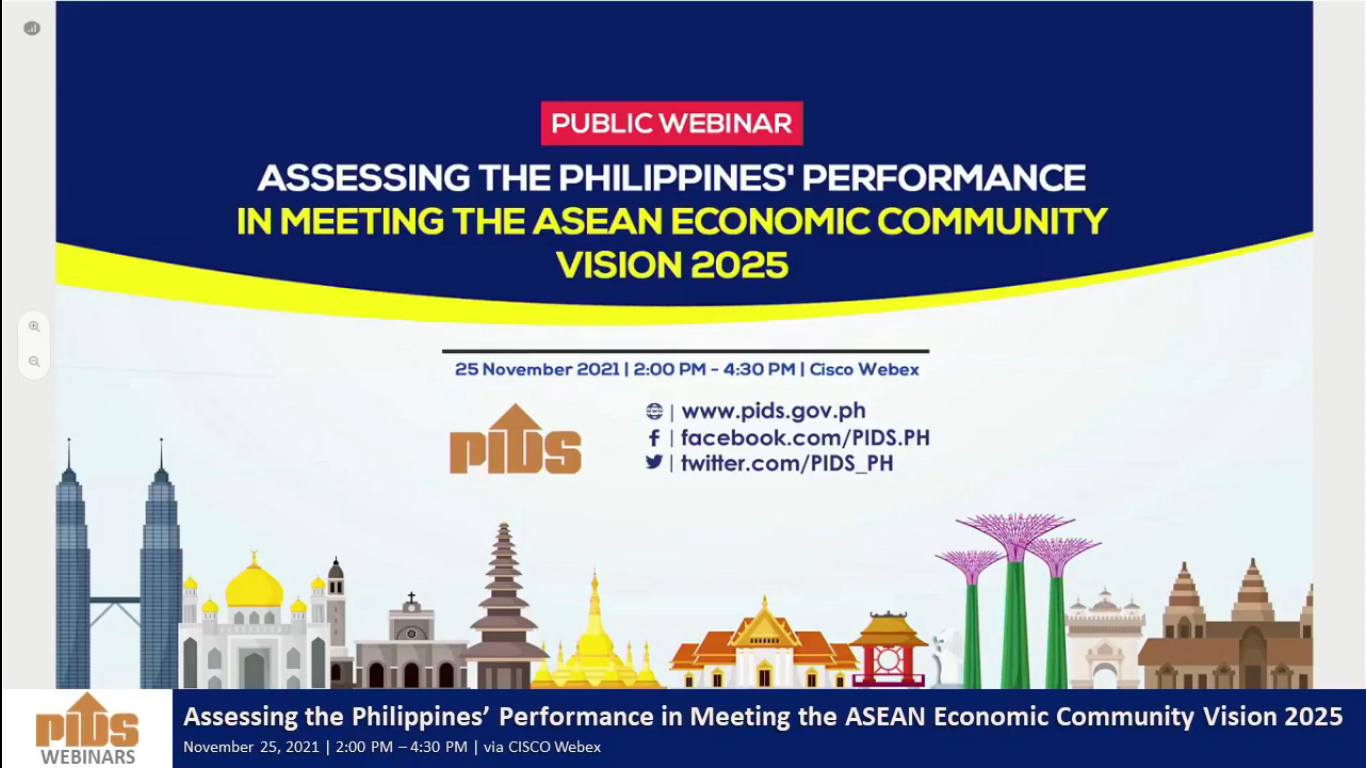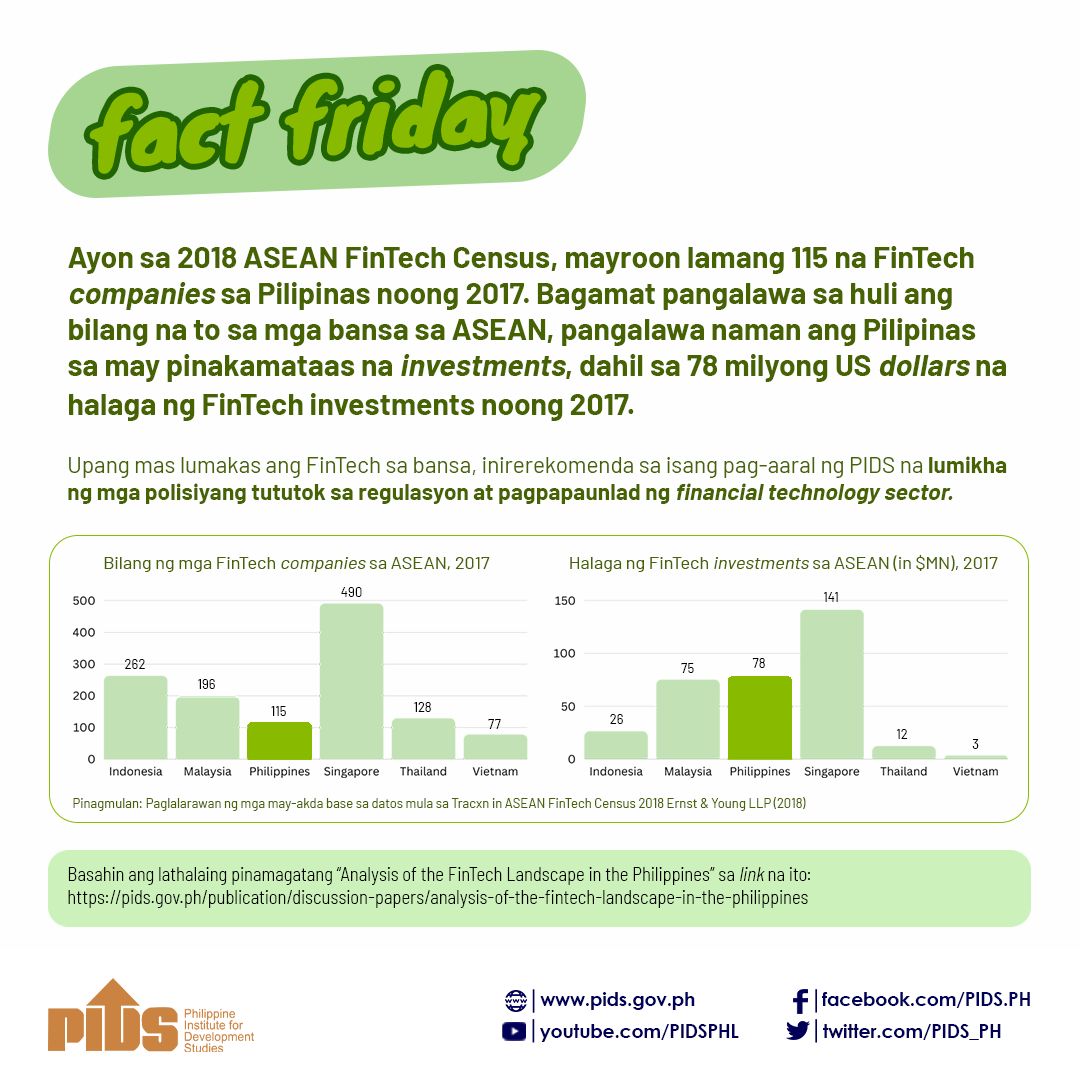Philippine Institute for Development Studies Senior Research Fellow health economist Dr. Valerie Gilbert Ulep presented his study, “The Economic Cost of Cancer” to give insights on the financial burden cancer patients experience which consequently has a detrimental effect to the economy.
“Filipino patients – mostly their family’s breadwinners, are driven to poverty due to cancer, losing P35.3 billion annually, are at a greater risk of dying prematurely of breast, lung, colon, and liver cancer than their Asian counterparts, and worse, these premature deaths could have been preventable.”
These are some of the alarming findings of the study entitled “The Economic Burden of Cancer in the Philippines,” presented during the Philippine Cancer Surgeons (PCS)-Cancer Commission Foundation’s annual Philippine Cancer Summit on Feb 24. The study, primarily authored by health economist Dr. Valerie Ulep, Senior Research Fellow of the Philippine Institute for Development Studies, aimed to have a clear picture of the financial burden cancer patients experience and, consequently, the Philippine economy.
A survey was conducted to capture both the direct and indirect costs of cancer patients in tertiary end-referral public and private facilities in Metro Manila, Cebu City, Davao City, and Baguio City. Direct cost is measured by expenses for medical procedures for cancer care and treatment, while indirect costs include morbidity and mortality costs. Morbidity cost is calculated by lost income due to work disability and absenteeism, while mortality cost is lost income associated with premature death. Existing datasets from the National Demographic and Health Survey (2018) and Philippine Statistics Authority were also analyzed.
Astronomical cost for patients and their family
Of the P35.3 billion annually that cancer patients need to spend, the hefty P29.2 billion comes from direct health care costs, which means charges for treatment, hospital, laboratory procedures, and medicine. Unfortunately, the study also reveals that Filipino cancer patients must rely on themselves, taking the P29.2 billion burden alone since the Philippine healthcare system remains dominantly an out-of-pocket setting. This is a reality both for outpatient visits or inpatient care in both government and private healthcare institutions.
Another predicament for cancer patients and their caregivers is the P1.1 billion yearly for lost wages. This amount was computed from the corresponding value of absences and lost work due to having someone in the family with cancer.
Lagging in the ASEAN region
In the macro level, things do not look good either. The study results show that in the ASEAN region, the Philippines has one of the highest premature deaths due to cancer, with the patients in the age group of 19-39 years old and 40-69 years old – supposedly in their most productive years, suffer from substantial years of life lost.
“We are losing not just to fellow Asian countries like Singapore but to Thailand and even poorer counterparts like Myanmar. What’s worse is that we are losing the most productive age groups of Filipinos to cancer – this means that Filipinos at the prime of their life – whom we have identified in the study as mostly their family’s breadwinners, are dying unnecessarily when their deaths could have been preventable,” Dr. Ulep said.
The study results show that these premature death losses translate to about P4 billion.
If there were a nationwide effort for early screening for the top four killer cancers: breast, lung, colon, and liver, a significant number of Filipinos could be saved, Dr Ulep shared.
The health economist proposes to up the ante in preventive screening since less than 10% of Filipino women aged 40 years and above are screened for breast cancer – with cervical cancer, it is even less than 5%. Compare this dismal situation of Filipino women with Malaysian women, with 50% of them undergoing self-breast examination, 20% have availed of mammograms, and 40% underwent Pap smears for cervical cancer screening.
Dr. Ulep hopes that insights from his findings would serve as an eye-opener for various sectors of society: the government, health care providers, patient groups, the academe, the private sector, and all others concerned to accelerate and intensify the implementation of the National Integrated Cancer Control Act (NICC) of 2019. Only united efforts to fully implement NICCA and fund early screening and innovative cancer treatments will help Filipino cancer patients and their families.
“Funding cancer now will ease the great burden that patients and their families have to bear and would ultimately help our society, the Philippine economy to be precise. If you save these cancer patients who are breadwinners and at the prime of their lives, you are saving the most productive pool of Filipinos in our society,” Dr. Ulep concluded.












